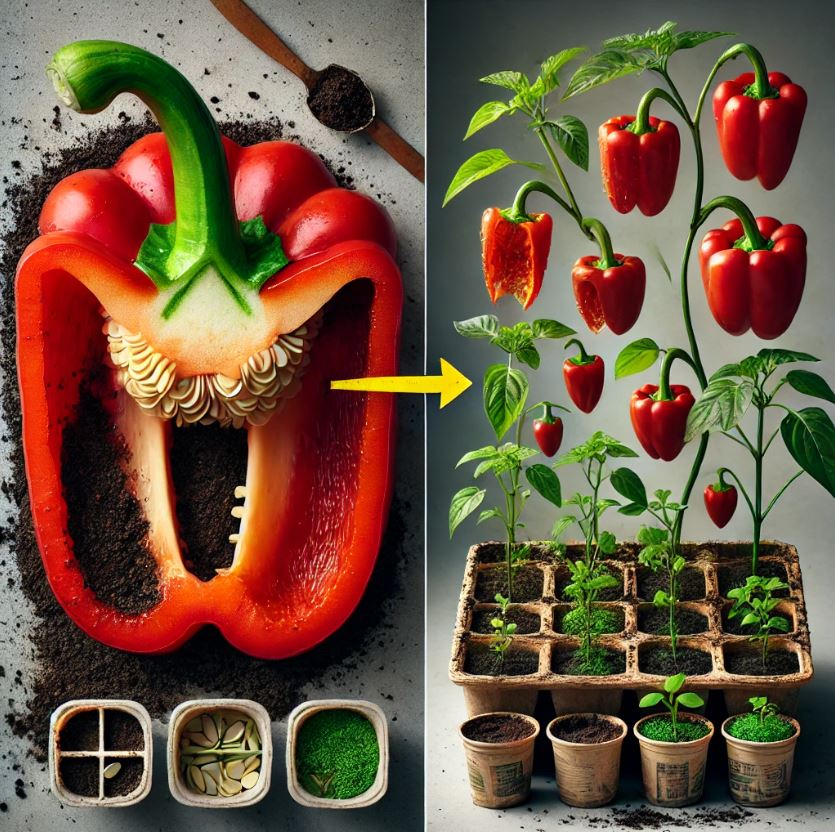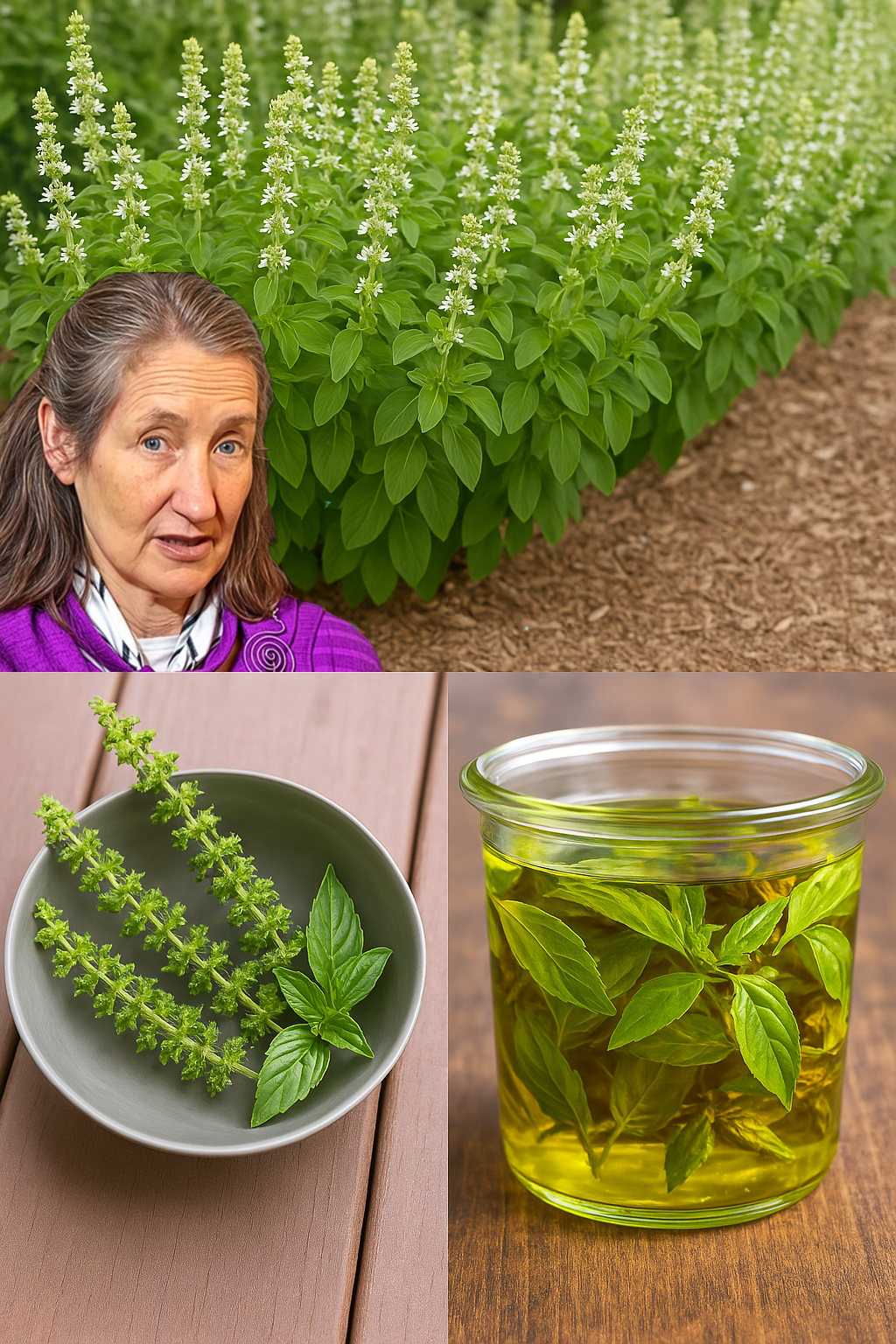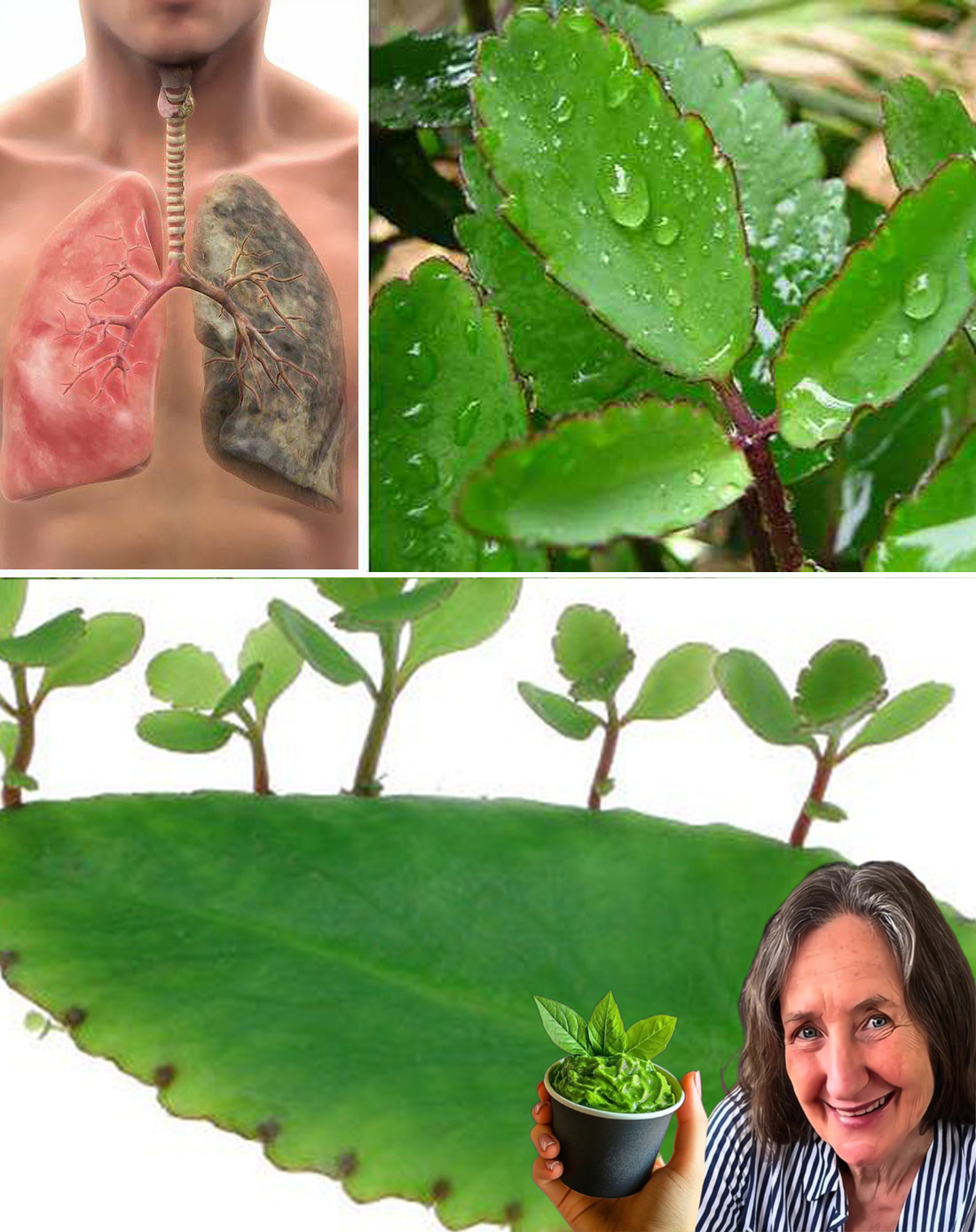Peppers, with their vibrant colors and diverse flavors, are a must-have in any kitchen. Whether you love the sweet crunch of bell peppers or the fiery heat of chili peppers, growing your own at home ensures freshness, better taste, and the freedom to experiment with unique varieties.

In this guide, you’ll discover the secrets to successfully growing peppers—from choosing the right varieties to harvesting an abundant crop.
1. Choose the Right Pepper Varieties
Before planting, select pepper varieties that match your taste preferences and growing conditions. Some popular options include:
Bell Peppers – Sweet, crisp, and available in green, red, yellow, and orange.
Jalapeños – Medium-heat peppers perfect for adding a spicy kick to dishes.
Habaneros – Extremely hot peppers for those who love intense heat.
Poblano Peppers – Mildly spicy and great for stuffing or roasting.
Banana Peppers – Mild, tangy, and ideal for pickling or salads.
Each variety has unique growth requirements, so choose wisely based on your climate and intended use.
2. Provide Adequate Sunlight
Peppers thrive in warm, sunny conditions. Ensure your plants receive at least 6-8 hours of direct sunlight daily. If growing indoors or in a shady location, supplement with grow lights for optimal growth.
3. Prepare Well-Drained, Nutrient-Rich Soil
Peppers prefer well-drained soil that is rich in organic matter. To improve fertility and drainage, mix in compost or aged manure. Maintain a slightly acidic to neutral pH (between 6.0-7.0) for the best results.
4. Start Pepper Seeds Indoors
To get a head start on the growing season, start your pepper seeds indoors 6-8 weeks before the last frost date. Follow these steps:
Use seed trays or small pots filled with seed-starting mix.
Plant seeds ¼ inch deep and keep the soil moist but not soggy.
Maintain warm temperatures (70-80°F or 21-27°C) for faster germination.
Once seedlings develop two sets of true leaves, transplant them into larger pots.
5. Transplant Seedlings with Care
When outdoor temperatures consistently stay above 60°F (15°C), it’s time to move your peppers to the garden. Follow these transplanting tips:
Space plants at least 18 inches apart for good airflow.
Choose a warm, sunny spot in your garden.
Water immediately after transplanting to reduce shock.
6. Watering and Fertilizing for Healthy Growth
Watering: Peppers need consistent moisture, especially during hot weather. However, avoid overwatering, as soggy soil can cause root rot. Mulching around the base helps retain moisture.
Fertilizing: Use a balanced, all-purpose fertilizer every 3-4 weeks to boost growth. Avoid excessive nitrogen, as it promotes leaf growth over fruit production.
7. Pruning and Supporting Your Pepper Plants
Prune for better airflow – Remove suckers (small shoots at the base) to encourage fruit production.
Stake or cage plants – This prevents branches from snapping under the weight of heavy peppers.
8. Protect Against Pests and Diseases
Common pepper pests include:
Aphids
Spider mites
Pepper hornworms
Control them naturally with neem oil or insecticidal soap. Additionally, prevent fungal diseases by avoiding overhead watering and maintaining proper garden hygiene.
9. Harvesting Peppers at the Right Time
Peppers can be harvested at different stages depending on your taste preference:
Green bell peppers – Picked early for a crisp texture.
Fully ripened peppers – Sweeter and more flavorful (red, yellow, or orange).
Hot peppers – The longer they stay on the plant, the spicier they become.
Tip: Use sharp scissors or pruning shears to cut peppers off the plant without damaging the stems.
Final Thoughts
Growing peppers at home is a rewarding and flavorful experience. By following these expert gardening tips, you’ll enjoy an abundant harvest of fresh, organic, and delicious peppers. Whether you prefer mild or spicy varieties, homegrown peppers will elevate your culinary adventures.


